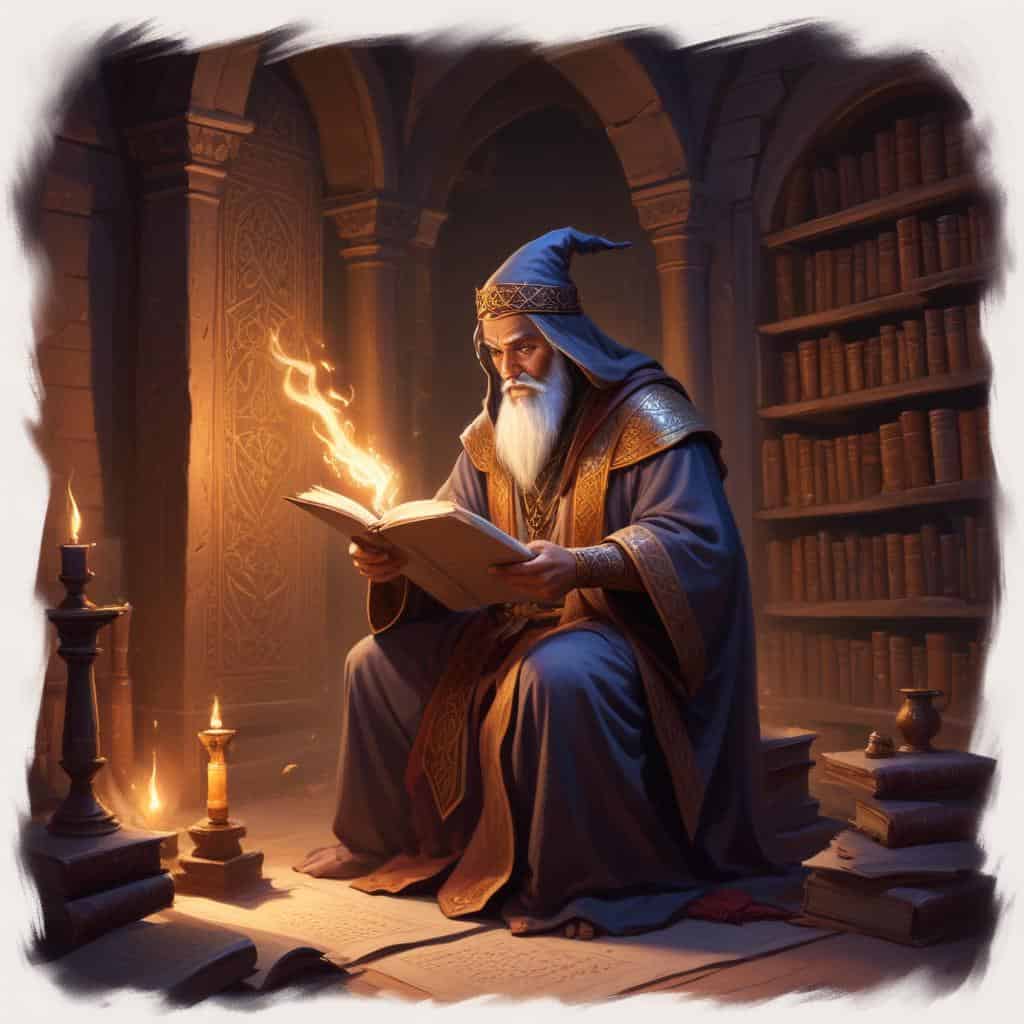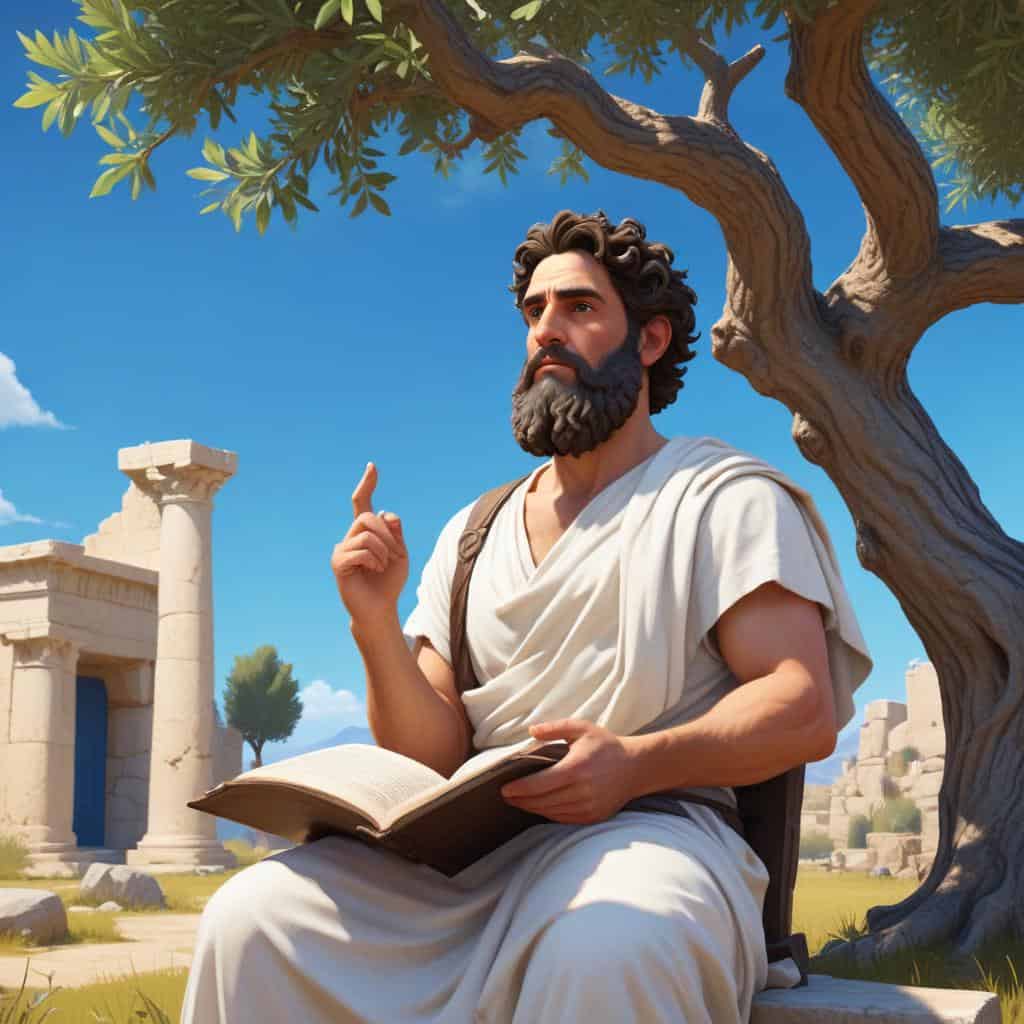The Middle Byzantine Period, spanning from 717 to 1204 AD, was a significant era in the history of the Byzantine Empire. During this time, the empire faced various challenges and underwent significant cultural and political transformations.
Key events of this period include the Iconoclastic Controversy, the Macedonian Renaissance, and the Fourth Crusade. The Middle Byzantine Period also saw the rise of powerful emperors such as Leo III and Basil II, who left a lasting impact on the empire's history.
Summary List
- The Middle Byzantine Period lasted from 717 to 1204 AD.
- During this time, the Byzantine Empire reached its peak in terms of power and influence.
- Iconoclasm, the banning of religious images, was a major issue during this period.
- The Byzantine military was highly organized and successful in defending the empire against various invaders.
- Important cultural and artistic achievements, such as the construction of the Hagia Sophia, occurred during this time.
Games And Apps
Learning Modules for Middle Byzantine
726 AD - Iconoclasm Controversy
In 726 AD, the Byzantine Empire was rocked by the Iconoclasm Controversy, a heated debate over the use of religious icons in worship. Emperor Leo III's decision to ban the veneration of icons sparked protests and divisions within the Christian church, leading to a tumultuous period of religious and political upheaval.
I Want To Learn This!780 AD - Battle of Adrianople
In the year 780 AD, the Battle of Adrianople marked a turning point in the Byzantine Empire's struggle against the invading Bulgars. The fierce battle resulted in heavy casualties on both sides, shaping the future of the region and solidifying the Bulgars as a formidable force in the Balkans.
I Want To Learn This!813 AD - Coronation of Emperor Leo V
In 813 AD, Emperor Leo V ascended to the Byzantine throne amidst political turmoil and intrigue. His controversial coronation marked the beginning of a turbulent reign filled with power struggles and betrayals. Follow the gripping story of Leo V as he navigates the treacherous waters of imperial politics in ancient Constantinople.
I Want To Learn This!843 AD - Treaty of Verdun
In 843 AD, the Treaty of Verdun marked a pivotal moment in European history as it divided the Carolingian Empire into three separate kingdoms, laying the foundation for the modern nations of France, Germany, and Italy. This agreement reshaped the political landscape of Europe for centuries to come.
I Want To Learn This!867 AD - Basil I becomes Emperor
In 867 AD, Basil I rose to power as the new Emperor of the Byzantine Empire. With his shrewd political acumen and military prowess, Basil I ushered in a period of stability and prosperity, solidifying his place in history as a formidable leader of the Eastern Roman Empire.
I Want To Learn This!886 AD - Byzantine-Bulgarian Wars
In 886 AD, the Byzantine Empire and Bulgaria clashed in a series of bloody conflicts known as the Byzantine-Bulgarian Wars. Fueled by territorial disputes and power struggles, these battles shaped the political landscape of the region for years to come, leaving a legacy of intrigue and warfare.
I Want To Learn This!907 AD - Battle of Anchialus
In 907 AD, the Battle of Anchialus marked a fierce clash between the Byzantine Empire and Bulgarian forces. The strategic location of Anchialus played a crucial role in determining the outcome of the conflict, shaping the course of history in the region.
I Want To Learn This!988 AD - Conversion of Vladimir the Great
In 988 AD, Vladimir the Great, ruler of Kievan Rus, converted to Christianity, forever changing the course of history in Eastern Europe. This pivotal moment marked the beginning of a new era for the region, as Vladimir's decision had far-reaching implications for the future of his kingdom and its people.
I Want To Learn This!1004 AD - Battle of Skopje
In 1004 AD, the Battle of Skopje erupted between the Byzantine Empire and the First Bulgarian Empire. The fierce clash of swords and shields would shape the future of the Balkans, with both sides fighting valiantly for control of the strategic city of Skopje. Victory would ultimately hinge on the bravery and tactics of the warriors on the battlefield.
I Want To Learn This!1014 AD - Battle of Kleidion
In 1014 AD, the Battle of Kleidion marked a decisive victory for the Byzantine Empire over the Bulgarian forces of Tsar Samuel. The Byzantine emperor Basil II's ruthless tactics and strategic prowess led to a crushing defeat for the Bulgarians, forever altering the balance of power in the region.
I Want To Learn This!1054 AD - Great Schism
In 1054 AD, the Christian church experienced a major split known as the Great Schism. This division between the Eastern Orthodox Church and the Roman Catholic Church had far-reaching consequences for the religious landscape of Europe and the Byzantine Empire, shaping the course of history for centuries to come.
I Want To Learn This!1071 AD - Battle of Manzikert
In 1071 AD, the Battle of Manzikert marked a turning point in history when the Seljuk Turks defeated the Byzantine Empire, leading to the eventual fall of Constantinople. This pivotal battle reshaped the political landscape of the Middle East and paved the way for the rise of the Ottoman Empire.
I Want To Learn This!1081 AD - Alexios I Komnenos becomes Emperor
In 1081 AD, Alexios I Komnenos ascends to the throne as Emperor of the Byzantine Empire. Facing internal turmoil and external threats from the Seljuk Turks, he must navigate treacherous waters to restore stability and secure his legacy as a strong and capable leader.
I Want To Learn This!1096 AD - First Crusade
In 1096 AD, Pope Urban II called for the First Crusade, sparking a wave of religious fervor and military expeditions to reclaim Jerusalem from Muslim control. Knights and peasants alike answered the call, embarking on a dangerous and bloody journey to the Holy Land in the name of faith and glory.
I Want To Learn This!1147 AD - Second Crusade
In 1147 AD, the Second Crusade was launched by European Christian forces to reclaim the Holy Land from Muslim control. Led by prominent figures like King Louis VII of France and Emperor Conrad III of Germany, the crusade faced numerous setbacks and ultimately ended in failure.
I Want To Learn This!1185 AD - Uprising of Asen and Peter
In 1185 AD, brothers Asen and Peter led a successful uprising against the Byzantine Empire, establishing the Second Bulgarian Empire. Their rebellion inspired a wave of nationalism and laid the foundation for Bulgaria's independence and cultural revival. The Asen and Peter Uprising marked a turning point in Balkan history.
I Want To Learn This!1204 AD - Sack of Constantinople
In 1204 AD, the Fourth Crusade took a dark turn when Christian crusaders turned against the Byzantine Empire, resulting in the devastating Sack of Constantinople. The city was pillaged, its treasures looted, and its population subjected to brutal violence, leaving a permanent scar on the history of the ancient city.
I Want To Learn This!












